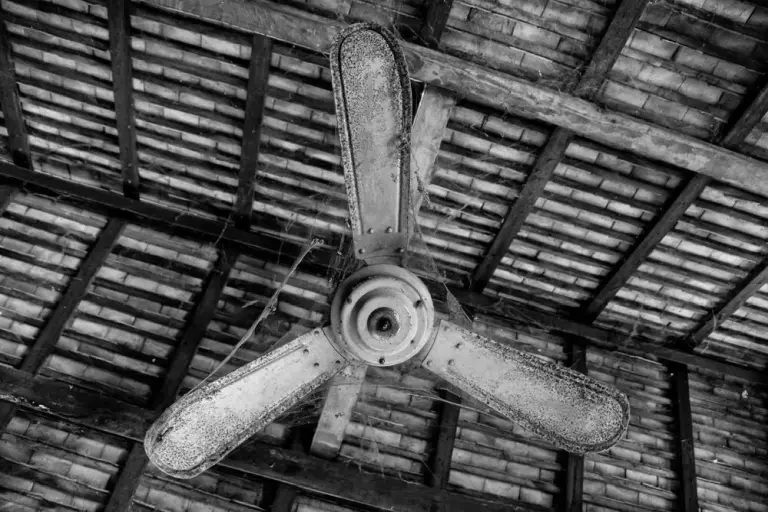In a world of smart tech and science-driven lifestyles, it’s hard to believe that a household electric fan could be feared as a potential cause of death.
Yet in South Korea, a widespread belief persists: sleeping with an electric fan on overnight can kill you.
Welcome to the strange, fascinating world of Fan Death — a uniquely Korean cultural phenomenon that blends science, superstition, and social psychology. Whether you’re a curious traveler or just love oddities of human belief, Fan Death is a window into the intriguing mindset of modern Korea.
What Is Fan Death?
Fan Death is the belief that leaving an electric fan running in a closed room overnight can lead to a person’s death while sleeping. According to this theory, the fan may:
- Cause hypothermia
- Lead to suffocation by displacing oxygen
- Result in asphyxiation due to air circulation patterns

In Korean homes, it’s not uncommon to find timers on electric fans to automatically shut off after a few hours — a safety measure based on this belief.
Origins: Where Did Fan Death Come From?
The exact origins of Fan Death are unclear, but many believe it dates back to the 1970s, during South Korea’s rapid industrialization. At the time:
- The government promoted energy conservation, especially in the summer months
- Mysterious deaths (possibly due to underlying conditions) were sometimes attributed to fan usage
- Media reports began warning people against sleeping with fans on overnight
Over time, this unverified theory became accepted truth — not just among elders, but also in some official health publications and fan instruction manuals.
Today, despite no scientific evidence, millions still believe in it, and manufacturers include timers on fans as a standard feature in South Korea.
Why Is Fan Death Unique to South Korea?
Fan Death is a rare example of a localized modern myth — it exists almost exclusively in South Korea.
In most other countries, fans are simply tools to stay cool. But in Korea, the cultural context adds layers:
- Deep respect for elders and traditional knowledge
- A tendency to avoid confrontation, meaning myths go unchallenged
- A culture where public health messaging is widely trusted
This mix of social values and historical context helped Fan Death evolve from a fringe idea to a nationwide cultural norm.
“It sounds crazy to outsiders,” says one Seoul local, “but it’s just what we grew up hearing.”

>> Living with the Dead in Indonesia: A sacred bond beyond life
Tourist Curiosity: Why Travelers Are Intrigued by Fan Death
For travelers, Fan Death is a cultural mystery — part of the charm of exploring Korea’s unique blend of old and new. You’ll often hear stories like:
- “Why does every fan in my Airbnb have a timer?”
- “My host warned me not to leave the fan on at night.”
- “It was 35°C, but my hotel staff told me to open a window instead of using the fan!”
Exploring cultural beliefs like this helps visitors connect more deeply with Korean society — not by judging, but by understanding.
Where to See Fan Death in Real Life
You won’t find a Fan Death museum (yet!), but if you travel through South Korea, you’ll encounter this belief naturally:
- In local electronics stores: Look for fan models with built-in timers and warning labels.
- At guesthouses or homestays: Hosts may advise turning off the fan at night.
- In older apartments: Families may insist on sleeping with windows open, no matter how hot it is.
You can also strike up conversations with locals and ask about it — many are happy to share stories, debates, and their personal take on this enduring myth.

>> Self-Mummification: The sacred journey beyond death you’ve never heard of
Is There Any Scientific Basis to Fan Death?
No, not in modern science.
Here’s what experts say:
- Hypothermia is unlikely, especially in summer months, unless body temperature is already dangerously low.
- Suffocation from fans is not supported by physics — fans don’t remove oxygen or increase CO₂ levels in sealed rooms.
- Air circulation actually reduces the risk of heatstroke by lowering body temperature.
Still, perception is powerful, and in South Korea, the emotional truth of Fan Death often outweighs scientific rebuttals.
Why Does Fan Death Matter for Travelers?
Because it’s not just about a fan — it’s about how cultures create meaning, how ideas spread, and how myths persist in the age of technology.
Understanding Fan Death shows travelers that Korea is more than K-pop, palaces, and kimchi — it’s a living, breathing culture full of mystery, memory, and belief.
And honestly? It’s kind of charming.
Planning a Trip to Korea? Keep These in Mind:
- Don’t mock local beliefs — even if they seem strange, respect is essential.
- Use fans with timers if you’re staying in traditional homes or with elders.
- Be curious: Ask locals about Fan Death — it’s a great conversation starter!
- Explore Korea’s deeper cultural layers beyond pop culture and food.

Fan Death: A Modern Myth in the Heart of a High-Tech Nation
In the skyscraper-filled streets of Seoul and the serene hanok villages of Jeonju, Fan Death lives on — not in fear, but in folklore. It’s a symbol of how tradition can coexist with innovation, and how even the most advanced societies still cling to the stories that shape them.
So next time you’re sweating in a Seoul summer, staring at a humming electric fan…
Will you turn it off? Or take your chances?






